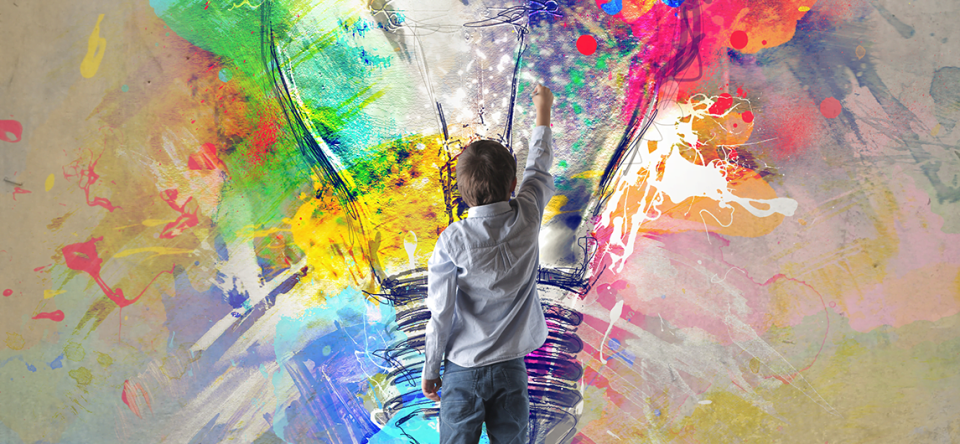Introduction:
Art, throughout history, has served as a profound expression of human creativity, emotion, and culture. From ancient cave paintings to contemporary digital installations, art has evolved and adapted, reflecting the changing landscapes of societies and the individuals within them. This article explores the multifaceted nature of art, delving into its historical significance, its ability to transcend boundaries, and its transformative power on both individuals and communities. Read more 7movi rulz.
Historical Significance of Art:
The roots of art can be traced back to the earliest civilizations, where humans communicated their experiences, beliefs, and aspirations through cave paintings, pottery, and sculptures. Ancient civilizations such as the Egyptians, Greeks, and Romans used art to convey their cultural values, religious beliefs, and societal norms. The Renaissance period marked a significant turning point, as artists began to explore new techniques, perspectives, and subjects, ushering in an era of unparalleled artistic innovation.
Art has been a mirror to society, capturing the essence of different epochs. The political and social upheavals of the 20th century, for instance, saw the rise of movements like Cubism, Surrealism, and Abstract Expressionism, each reflecting the tumultuous times in their own unique way. Through art, history is not just documented but also interpreted and questioned, providing a lens through which we can understand the complexities of the human experience.
Expression Beyond Words:
One of the most remarkable aspects of art is its ability to transcend language barriers. While words may falter in adequately expressing certain emotions or experiences, art provides a universal language that speaks directly to the heart and soul. Whether through the vibrant colors of a painting, the haunting melody of a musical composition, or the intricate dance of a ballet performance, art has the power to communicate on a visceral level.
Artists, as conduits of expression, often convey the intangible – the nuances of human emotion, the beauty of nature, or the complexities of the human mind. Take Vincent van Gogh’s “Starry Night,” for example, where swirling brushstrokes and vibrant colors evoke a sense of cosmic beauty and emotional turbulence. The viewer doesn’t need to understand the technical aspects of art to feel its impact; they connect with the emotion conveyed, forming a personal and subjective relationship with the artwork.
Cultural Diversity and Global Connection:
In our interconnected world, art serves as a bridge between diverse cultures, fostering understanding and appreciation for the richness of human experiences. Museums and galleries showcase artworks from different corners of the globe, allowing audiences to immerse themselves in the cultural narratives of others. This exposure to diverse artistic traditions broadens perspectives, dismantles stereotypes, and fosters a sense of global interconnectedness.
Moreover, contemporary artists often draw inspiration from a variety of cultural sources, creating hybrid forms that blur the lines between traditions. This fusion of influences not only reflects the interconnectedness of our world but also challenges preconceived notions, encouraging a more inclusive and tolerant society.
Personal Transformation Through Art:
On an individual level, engaging with art can be a transformative experience. Whether creating art or immersing oneself in the creations of others, individuals often find solace, inspiration, and a sense of self-discovery. Art therapy, for instance, is a recognized form of psychotherapy that utilizes the creative process to improve mental health and well-being. The act of creating art allows individuals to express emotions that may be difficult to articulate verbally, offering a therapeutic outlet for self-reflection and healing.
Moreover, the appreciation of art can broaden one’s perspective, fostering empathy and a deeper understanding of the human condition. Standing before a powerful piece of art can evoke a range of emotions – from awe to introspection – prompting individuals to question, reflect, and connect with their own inner thoughts and feelings.
Community Impact and Social Change:
Art has the potential to go beyond individual transformation and inspire collective change. Throughout history, artists have been at the forefront of social movements, using their creations to challenge injustice, provoke thought, and advocate for change. The visual arts, music, literature, and performance have all played crucial roles in galvanizing communities and shaping public discourse.
For example, the civil rights movement in the United States saw artists like Maya Angelou, James Baldwin, and Romare Bearden using their respective mediums to challenge racial inequality and advocate for justice. In more recent times, street art and graffiti have become powerful tools for social and political commentary, giving marginalized communities a public platform to express their voices.
Conclusion:
Art, in its myriad forms, serves as a testament to the depth and breadth of human creativity. Its historical significance, ability to transcend boundaries, transformative impact on individuals, and role in shaping communities make it a fundamental aspect of the human experience. As we continue to evolve, so too will art, reflecting our changing perspectives, values, and aspirations. In a world that often seems divided, art remains a powerful force that can unite, inspire, and transform. See more vegamovies.nl movies.
